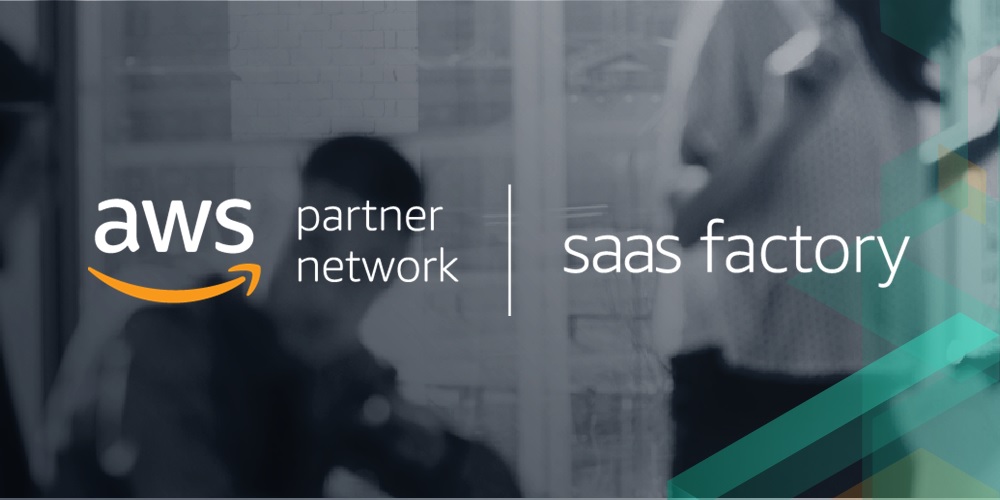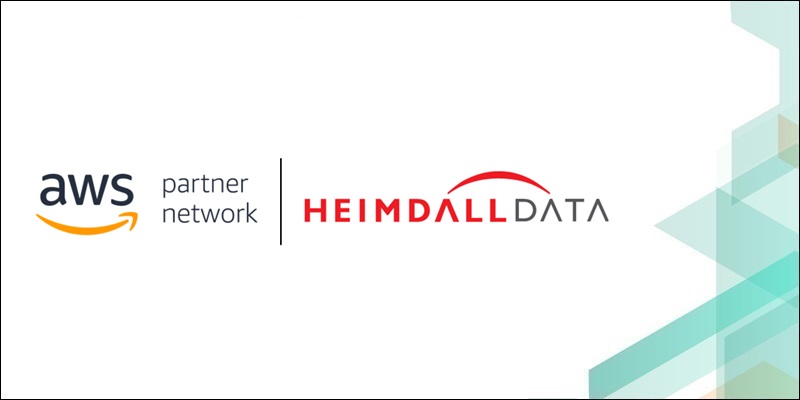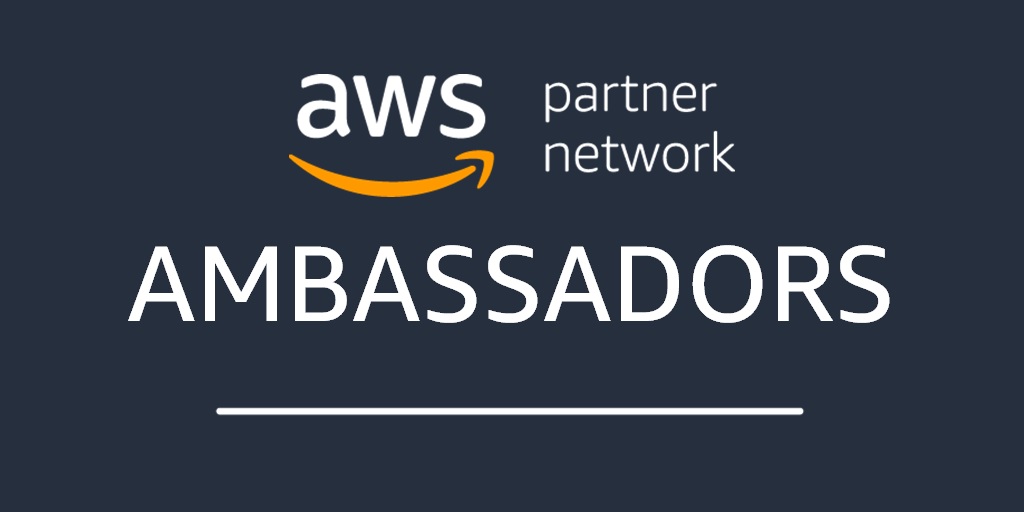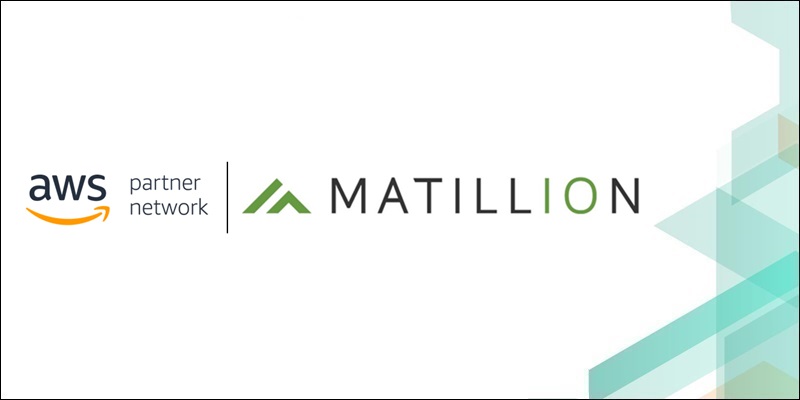AWS Partner Network (APN) Blog
Category: Database
Storing Multi-Tenant SaaS Data in a Serverless Environment with Amazon Keyspaces
With Amazon Keyspaces, AWS has enabled SaaS providers to run their Apache Cassandra workloads using a fully managed, serverless offering. This option allows you to leverage the strengths of Cassandra while getting all of the scale, cost, reliability, and operational efficiency that comes with a managed model. Learn how Amazon Keyspaces can be used to store data in a multi-tenant architecture and review common models for partitioning each tenant’s data.
Using Amazon AppFlow to Achieve Bi-Directional Sync Between Salesforce and Amazon RDS for PostgreSQL
Many SaaS applications boast of microservices as a means to divide a monolithic architecture into easily manageable solutions. Sometimes these microservices have their own databases. To maintain data consistency across the system, you need to implement a data synchronization system between source and target data persistence layers. Learn how Trantor has developed a solution using Amazon AppFlow to easily synchronize the data between Salesforce and Amazon RDS for PostgreSQL in near real-time.
How to Tokenize and De-Identify Your Data in Amazon RDS with Baffle
Baffle Data Protection Services (DPS) provides a data-centric protection layer allowing customers to tokenize, encrypt, and mask data in Amazon RDS at the column or row level, without any application code modifications while supporting a BYOK or HYOK model. Review the architecture for Baffle DPS, and walk through how to launch and test Baffle DPS from an AWS CloudFormation template with Amazon RDS databases to encrypt data at the column level.
Amazon Redshift Benchmarking: Comparison of RA3 vs. DS2 Instance Types
Follow along as Agilisium provides an early look at Amazon Redshift’s ra3.4xlarge instance type (RA3). This post details the result of various tests comparing the performance and cost for the RA3 and DS2 instance types. It will help AWS customers make an informed decision on choosing the instance type best suited to their data storage and compute needs. As a result of choosing the appropriate instance, your applications can perform better while also optimizing costs.
How Zen Saved 75% on Licensing By Migrating MS SQL Server Workloads to Amazon RDS
Many enterprises with applications that use Microsoft SQL Server workloads feel constrained by the punitive licensing costs. They are looking to save on MS SQL Server license commitments, and reduce their operational overhead and complexity. Learn how Zen helped their customer save 75& on licensing costs by migrating SQL Server workload to Amazon Amazon RDS, and dive deep on the technical challenges, solution architecture, key processes, and individual steps of the migration.
How Etleap Integrates with Amazon Redshift Data Sharing to Provide Isolation of ETL and BI Workloads
Tens of thousands of customers use Amazon Redshift to process exabytes of data per day and power analytics workloads such as business intelligence, predictive analytics, and real-time streaming analytics. Learn how Etleap integrates with new data sharing and cross-database querying capabilities in Amazon Redshift to enable workload isolation for diverse analytics use cases in customer environments. Etleap integrates with any data source and runs either as a hosted solution (SaaS) or inside your VPC.
Team Up with AWS Partners Validated by Database Engine Type Through the Amazon RDS Service Delivery Program
Amazon RDS customers are looking for AWS Partners with specific database engine expertise to set up, operate, and scale relational databases in the cloud. To meet this need, we are relaunching the Amazon RDS Service Delivery Program, which now validates AWS Partners by database engine type. This allows customers to identify an Amazon RDS Partner that best meets their database engine-specific migration and implementation needs.
Advanced Connection Pooling with the Heimdall Proxy
As databases are often a key component of internet infrastructure, IT departments may be challenged by poor connection management from the application. The Heimdall Proxy helps developers, database administrators, and architects horizontally scale out and optimize connections through connection pooling for Amazon Amazon RDS and Amazon Redshift without any application changes. As a result, you will reduce your database instance size and support higher user counts.
Provisioning a Virtual Private Cloud at Scale with AWS CDK
Infrastructure as code is one of the most important concepts used with cloud solutions, and AWS CloudFormation enables IaC by deploying stacks and provisioning resources on AWS using JSON or YAML files called templates. APN Ambassador Francois Rouxel from Slalom will show you how to create a hundred VPCs in one AWS region without providing any parameters, and how to easily establish a peering connection between two of them within a single line of code.
How Matillion Multiplies the Performance of Complex ETL Jobs with Amazon Redshift Materialized Views
Amazon Redshift recently announced support for materialized views, which lead to significantly faster query performance on repeatable query workloads. That, in turn, reduces the time to deliver the datasets you need to produce your business insights. Matillion ETL for Amazon Redshift provides comprehensive enterprise-grade features to simplify and speed up building and maintaining these pipelines.









